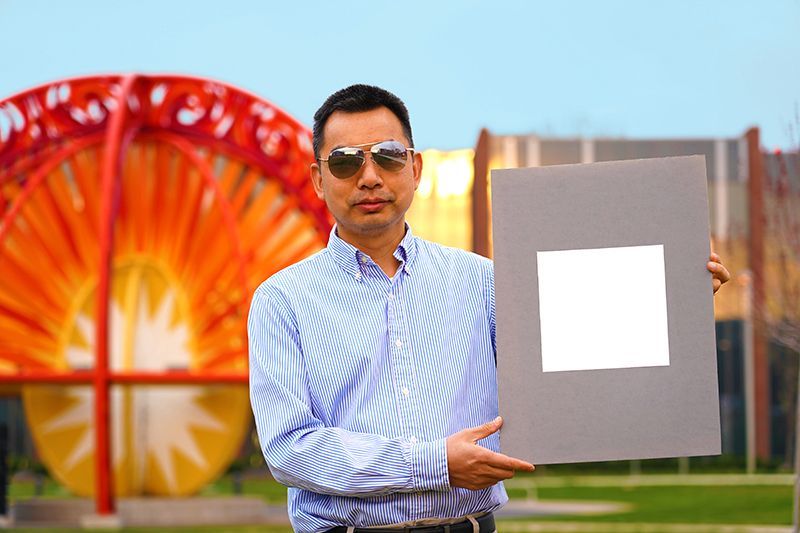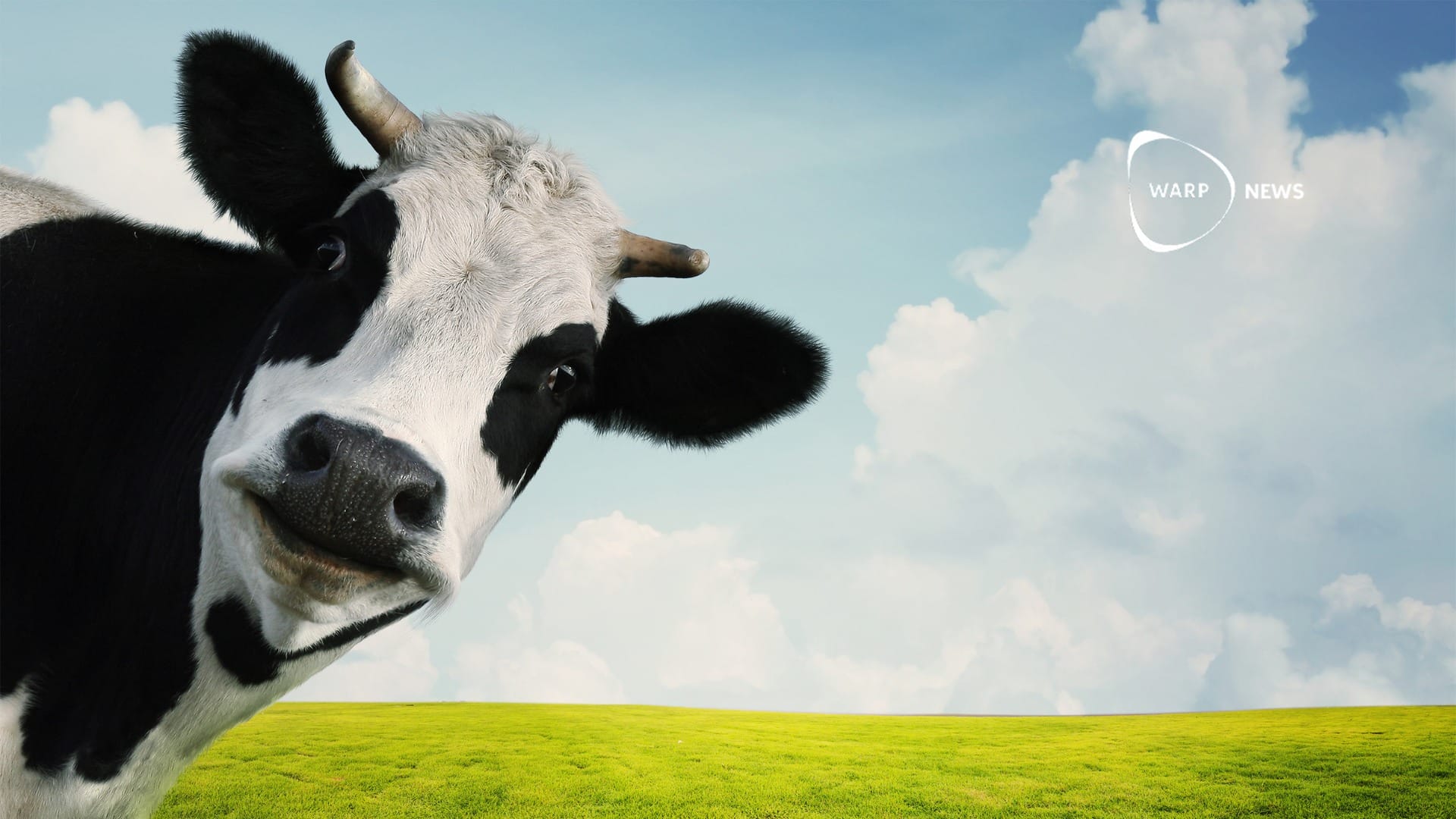
🏳 World's most white color gets even whiter - reduces the need for air conditioning
An ultra-white color can reflect 98.5 percent of incoming sunlight and lower the temperature as much as a ten kilowatt air conditioner.
Share this story!
In November, we reported that researchers at Purdue University in the United States had created an ultra-white color. Now the same researcher has managed to make that color even whiter according to a press release. The new version of the color reflects 98.5 percent of the sunlight while the old version "only" came up to 95.5 percent.
Traditional highly reflective white colors do not reflect more than 80-90 percent of sunlight. The color reflects both visible and infrared light. The latter means that the paint reflects heat away from, for example, ceilings and walls and can thus make the area colder than the surrounding air. It also means that the houses painted with the color probably wont need air condition in the same degree, because the heat is not penetrating the walls and ceilings during hot days.
Tests show that surfaces painted with the white paint are about four degrees celsius colder than the surrounding air under strong sunshine. At night, when most people want the deperature to be cool, the effect becomes even greater. Then the paint lowers the temperature by as much as ten degrees during hot days.
"If we were to paint a ceiling of 1,000 feet (approximately 90 sqm), we estimate that you would get a cooling effect of ten kilowatts. That's more than most household regulators can handle," says Xiulin Ruan, a professor at Purdue University and one of the researchers behind the paint, in a press release.
The key to the new color is that the researchers replaced one of the ingredients in the old color. Instead of mixing in calcium carbonate, the researchers now use barium sulphate. It not only makes the color whiter but increases reflections in another way. In barium sulphate, the particles have many different sizes. The more different particle sizes in the color, the more light can be reflected.
"A high particle concentration where the particles also have different sizes creates the largest light scattering. Which then contributes to the highest level of reflection," says Joseph Peoples, doctoral student at Purdue University and one of the researchers behind the color.
The researchers have in tests concluded that the paint can withstand outdoor environments and it should also be possible to manufacture it with existing production processes.
Blid: Purdue University / Jared Pike (The picture shows Professor Xiulin Ruan at Purdue University with an example of the new color.)
By becoming a premium supporter, you help in the creation and sharing of fact-based optimistic news all over the world.


